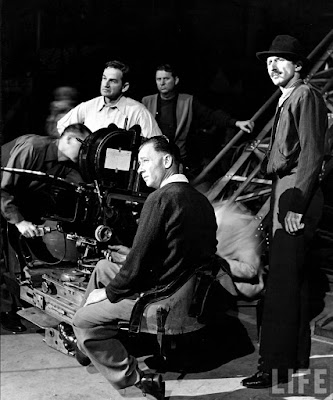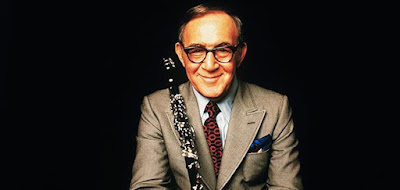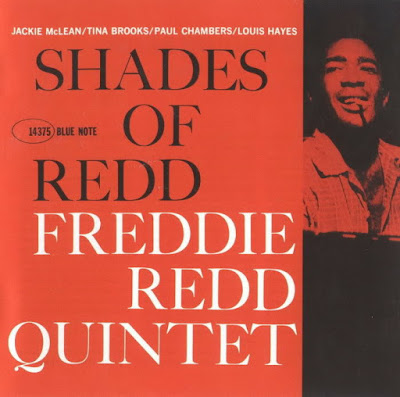We always look for ways to expand our jazz library, including open our ears to recommendations, especially when it comes to obscurities, rarities, and discoveries. Listing is one of the most popular games played towards that aim which is never entirely devoid of edifying values.
This list of the 60 Greatest Jazz Records of All Time is hardly an addition to any library, as by now, most of them are standard components of any serious jazz collection. However, it is so rare that a musician like Benny Goodman comes forward and shares his list of must-have albums with you.
"Unfortunately, the triumph of jazz in the U.S. as a whole is a little incomplete," Goodman bemoans in the introduction to the list, "the American people - especially the teenage population which has been weaned on rock 'n' toll - are losing sight of that very jazz heritage."
Compiled for Los Angeles Times (November 12, 1961), Goodman commits to enlighten the reader who is not quite sure where to start: "Over the years many of these people have asked me to draw up a list of 'the greatest jazz albums ever made.' I believe there is now a crying need for such a guideline."
In fact, the list was a sequel to an LA Times article by Leopold Stokowski, selecting his dream library of classical recordings.
Goodman lists has its own surprises and unexpected picks. Categorised according formats and instruments, he doesn't bother to allocate any space to bass players. Saxophonists are present, but there is no mention of John Coltrane. However, at the end of the list, under the amusing title of "Far Out", suddenly Ornette Coleman appears (Goodman's most surprising moment here) and even a Thelonious Monk who, by 1961, was a established figure and in the light of latest developments in jazz could have been seen as a traditionalist rather than a Far Out musician. More surprisingly, Goodman opts for a big band recording of Monk's instead of his trio or quartet works.
Going through the history of jazz, Goodman gives little criteria over his selection except consciously omitting big dance bands (Glen Miller, Dorsey Bros., Harry James, Les Brown, Claude Thornhill) as in his mind, they are already known by public. While many great instrumentalists are missing in the list, Goodman claims that this list is derived from a need to acknowledge the individual soloists. Finally, the old master introduces no less than three of his own records (one under Charly Christian) and saves Fats Waller for the vocalists section.
One last message from Mr. Goodman before we go ahead with the list:
















